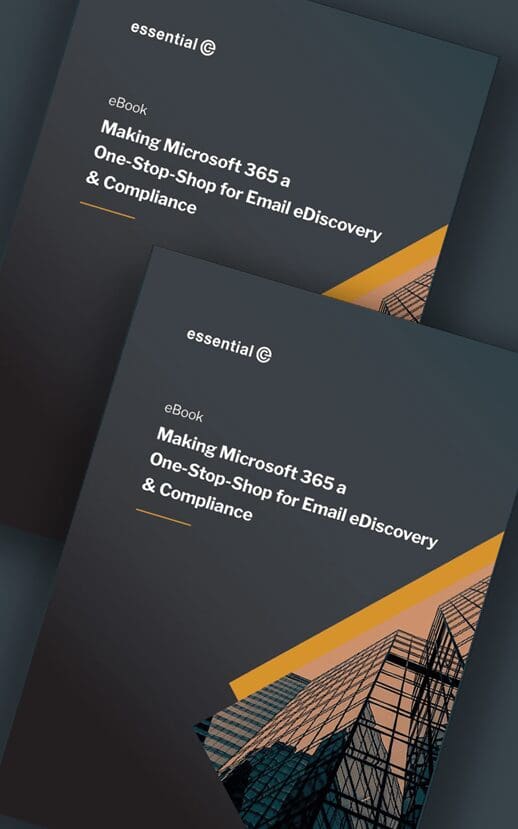Employee Engagement
Introducing the ‘Strava for Work’ Concept
Introduction
Last week I visited the Learning Technologies Exhibition & Conference in London to see what was ‘hip and happening’ in the world of learning and professional development.
While AI still held the spotlight in places, the real energy was around human-centred tools, practical learning analytics, and ways to engage employees without overwhelming them.
One concept that stood out for me ‘big time’ was the idea of a ‘Strava for Work’ – a smarter, more motivational approach to tracking learning, development, and performance in a way that supports rather than watches over your shoulder, so to speak.
What is the ‘Strava for Work’ Concept?
Strava is a well-known fitness tracking app. I used to use it myself (pre-kids) to push my progress on distance running: trying to beat local records on cycle routes near me and increasing the number of workouts I did each month. Now it’s more like Strava for pram pushing and high-speed nappy changes!
The ‘Strava for Work’ concept takes the fitness mindset into the workplace, but instead of counting calories or chasing fitness badges, it applies the same idea to different aspects of professional development.
It’s about tracking progress, setting meaningful goals, and fostering a sense of community – not through micromanagement, but with data-driven insights and genuine engagement.
For example, Zensai’s Human Success Score combines learning progress, performance achievements, and development consistency into a single metric. It gives leaders a clear picture of how their teams are growing – helping them align people development with business goals, without relying on outdated annual reviews or box-ticking exercises.
Monitoring vs. Motivation: Getting the Balance Right
Of course, introducing workplace tracking raises questions – are employees being empowered, or are they being watched? A recent workplace insight article indicated that more than half of British employees would quit their job if they were subjected to surveillance whilst working.
The key difference with the Strava-for-Work model is intent and transparency.
When employees understand how data is being used – and when it’s focused on development, not discipline – it builds trust.
Participation should be opt-in, with a clear purpose: to support learning, career growth, and shared success.
Want to learn more about our learning & engagement solution for Microsoft 365?
Get in touch to arrange a chat or a demonstration.

















